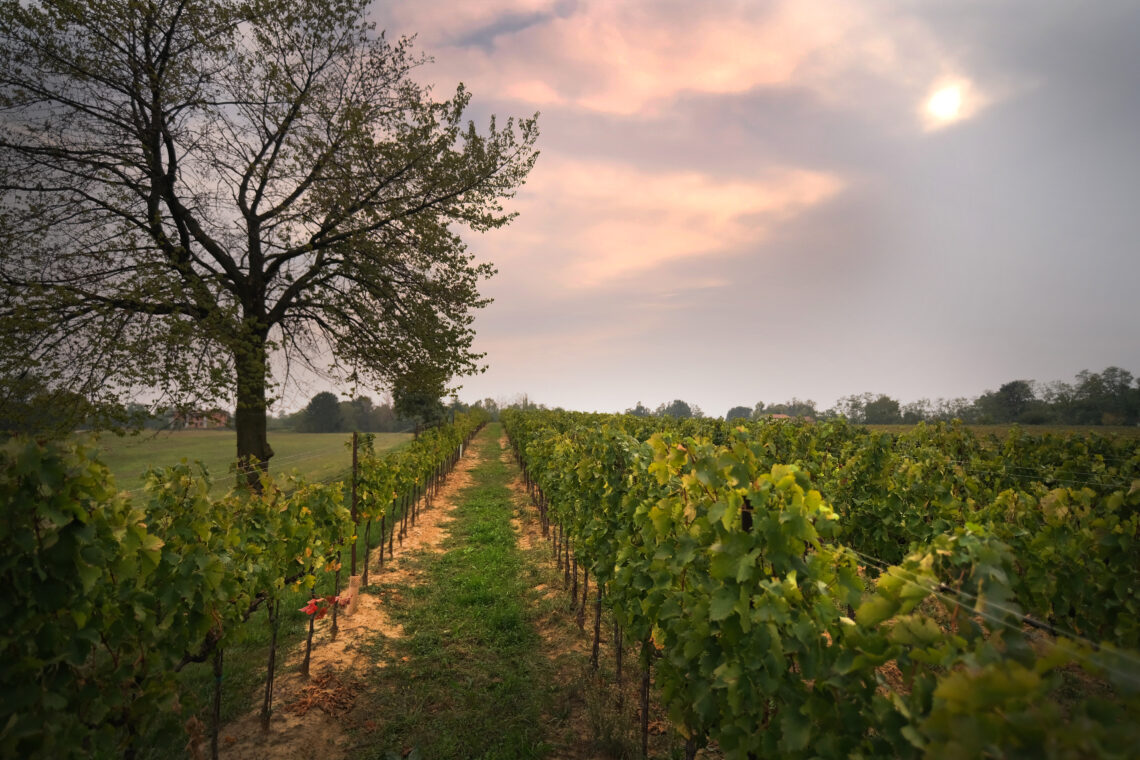The Colli dei Longobardi Strada del vino e dei Sapori extends across the Brescia area (Lombardy) and involves not only the best wineries in the area but also other food and wine excellence.
A small piece of land that brings together flavors and talents of various kinds to further enrich the already notable Italian winemaking and culinary heritage.
For the full interview click here.








